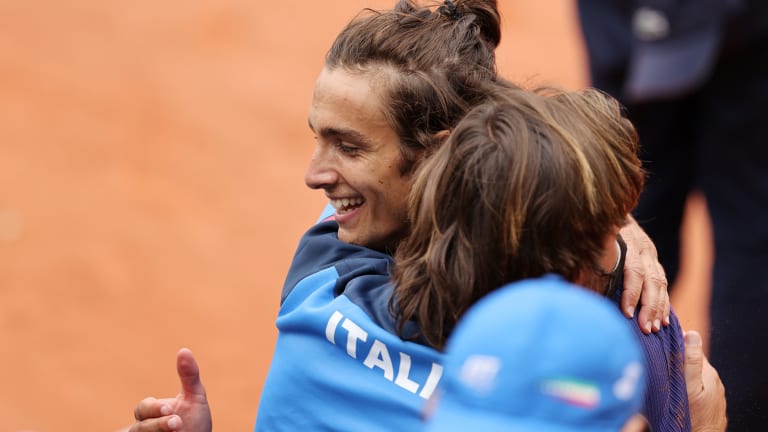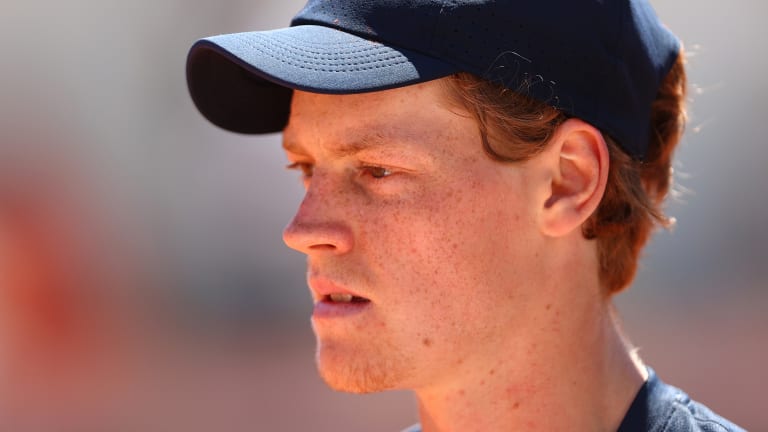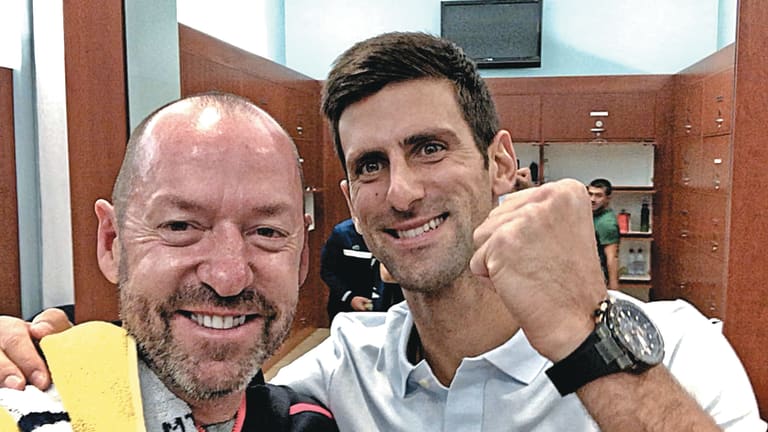Roland Garros is the home of French tennis, but so far this year the men’s event has had a distinctly Italian flavor. At the same time that France’s aging Musketeers were fizzling out early, three fresh faces from Italy, Jannik Sinner, Matteo Berrettini and Lorenzo Musetti, were making their way into the second week. Tennis fans know these names well, of course, but the rest of the world will know them better after Monday. That’s when Sinner will play Rafael Nadal, and Lorenzo Musetti will take on Novak Djokovic. Berrettini was scheduled to face Roger Federer in the same round, but he’ll move into the quarterfinals now that Federer has withdrawn from the tournament.
“There have been rumblings about them for a while,” says Craig O’Shannessy, a strategy coach who consults for Italy’s tennis federation. “But this will put them in a bigger spotlight, the young guys especially.”


